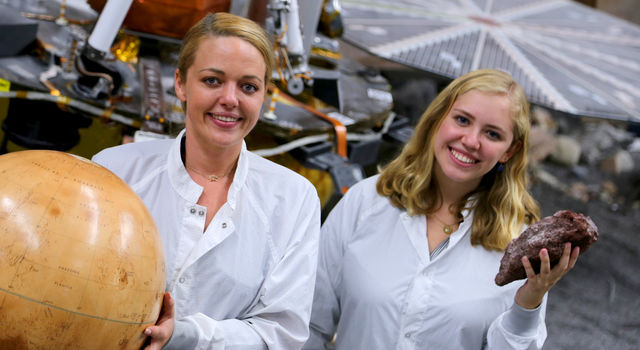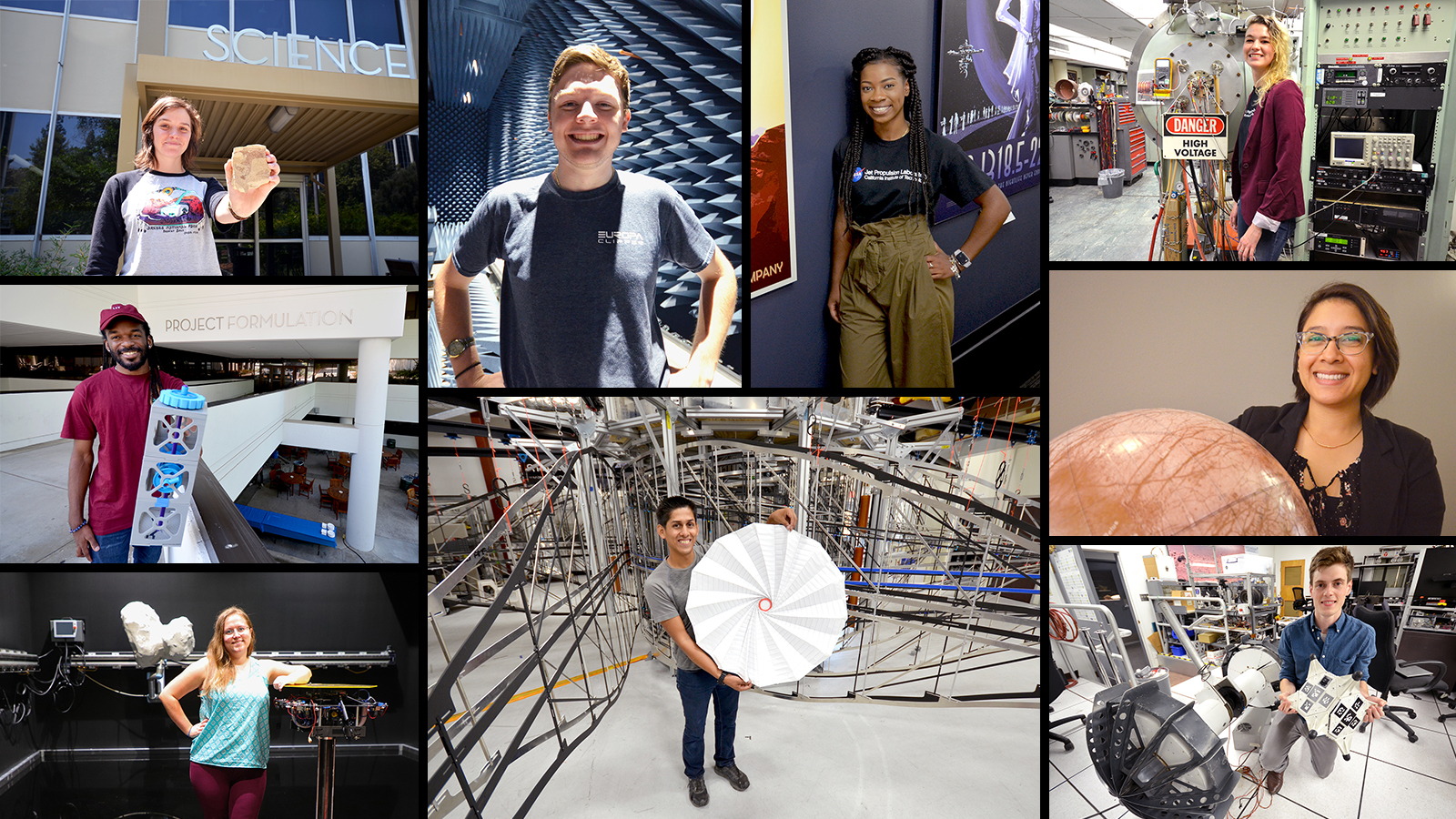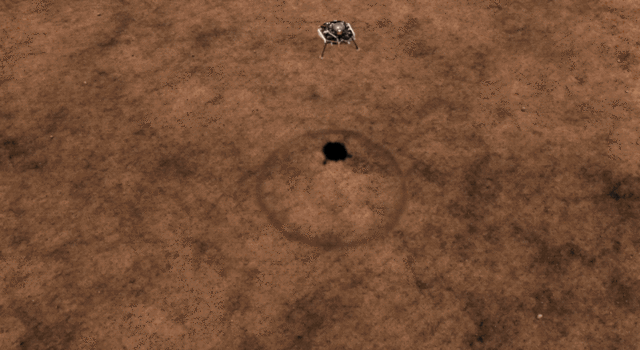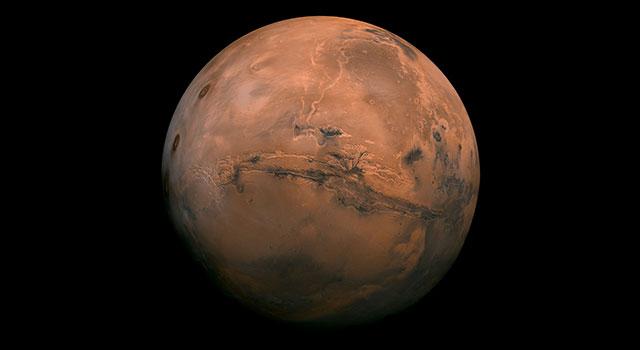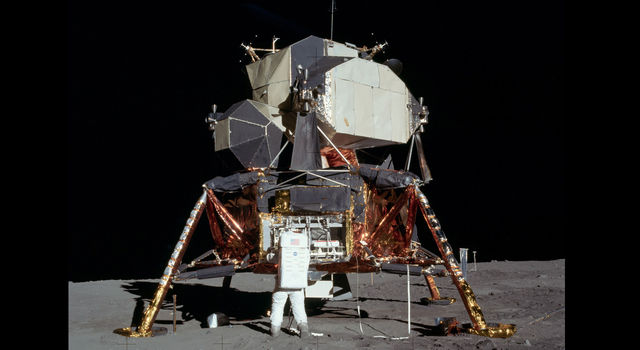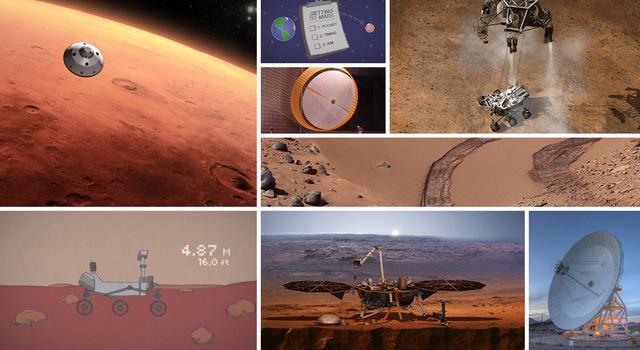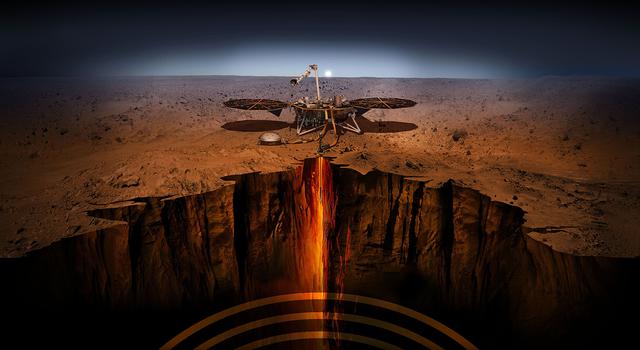|
Friday, November 30, 2018
DAY IN REVIEW
Posted by
Deep
at
4:29 PM
0
comments
![]()
Exactly what I wanted!
I'm a real girl. I really love sex. Want to meet me? Maybe you want to fuuuck me ...?
http://helenmarta.su
THE THREE DIMENSIONS OF SPACE EXCEPT THAT OUR CONSCIOUSNESS MOVES
about this Fourth Dimension?'
angles to the other three?--and have even tried to construct a
`I think so,' murmured the Provincial Mayor; and, knitting his
`Well, I do not mind telling you I have been at work upon this
`Scientific people,' proceeded the Time Traveller, after the
high, yesterday night it fell, then this morning it rose again,
and so gently upward to here. Surely the mercury did not trace
Posted by
Deep
at
2:04 PM
0
comments
![]()
Thursday, November 29, 2018
Will you allow me to be your dessert for today's dinner?
I'm a real girl. I really love sex. Want to meet me? Maybe you want to fuuuck me ...?
And you can see some of my private photos there.
ALONG IT. But some foolish people have got hold of the wrong
Length, Breadth, and Thickness, and is always definable by
But some philosophical people have been asking why THREE
angles to the other three?--and have even tried to construct a
`I think so,' murmured the Provincial Mayor; and, knitting his
geometry of Four Dimensions for some time. Some of my results
being, which is a fixed and unalterable thing.
high, yesterday night it fell, then this morning it rose again,
Posted by
Deep
at
4:19 PM
0
comments
![]()
I look at you and I cannot resist!
I'm a real girl. I really love sex. Want to meet me? Maybe you want to fuuuck me ...?
Ok, here you can find my phone and just write me when you want. Anytime.And you can see some of my private photos there.
similarly they think that by models of thee dimensions they could
represent one of four--if they could master the perspective of
thought roams gracefully free of the trammels of precision. And
`You must follow me carefully. I shall have to controvert one
`I do not mean to ask you to accept anything without reasonable
NIL, has no real existence. They taught you that? Neither has
`That is all right,' said the Psychologist.
exist. All real things--'
Posted by
Deep
at
2:35 AM
0
comments
![]()
Tuesday, November 27, 2018
DAY IN REVIEW
|
NASA Jet Propulsion Laboratory
NASA's Jet Propulsion Laboratory
4800 Oak Grove Dr
Pasadena, CA 91109
Posted by
Deep
at
4:33 PM
0
comments
![]()
Monday, November 26, 2018
DAY IN REVIEW
|
NASA Jet Propulsion Laboratory
NASA's Jet Propulsion Laboratory
4800 Oak Grove Dr
Pasadena, CA 91109
Posted by
Deep
at
8:09 PM
0
comments
![]()
NASA/JPL Interns Join Mars 'Landing-Site Dude' to Prepare for Touchdown
|
NASA/JPL Edu
NASA's Jet Propulsion Laboratory
4800 Oak Grove Dr
Pasadena, CA 91109
Posted by
Deep
at
6:20 AM
0
comments
![]()
Sunday, November 25, 2018
Educator Game Plan: Monday's InSight Mars Landing and Beyond!
|
NASA/JPL Edu
NASA's Jet Propulsion Laboratory
4800 Oak Grove Dr
Pasadena, CA 91109
Posted by
Deep
at
5:54 PM
0
comments
![]()
DAY IN REVIEW
|
NASA Jet Propulsion Laboratory
NASA's Jet Propulsion Laboratory
4800 Oak Grove Dr
Pasadena, CA 91109
Posted by
Deep
at
10:55 AM
0
comments
![]()
Wednesday, November 21, 2018
DAY IN REVIEW
|
NASA Jet Propulsion Laboratory
NASA's Jet Propulsion Laboratory
4800 Oak Grove Dr
Pasadena, CA 91109
Posted by
Deep
at
12:28 PM
0
comments
![]()
Tuesday, November 20, 2018
DAY IN REVIEW
|
NASA Jet Propulsion Laboratory
NASA's Jet Propulsion Laboratory
4800 Oak Grove Dr
Pasadena, CA 91109
Posted by
Deep
at
4:54 PM
0
comments
![]()
Monday, November 19, 2018
DAY IN REVIEW
|
NASA Jet Propulsion Laboratory
NASA's Jet Propulsion Laboratory
4800 Oak Grove Dr
Pasadena, CA 91109
Posted by
Deep
at
4:13 PM
0
comments
![]()







